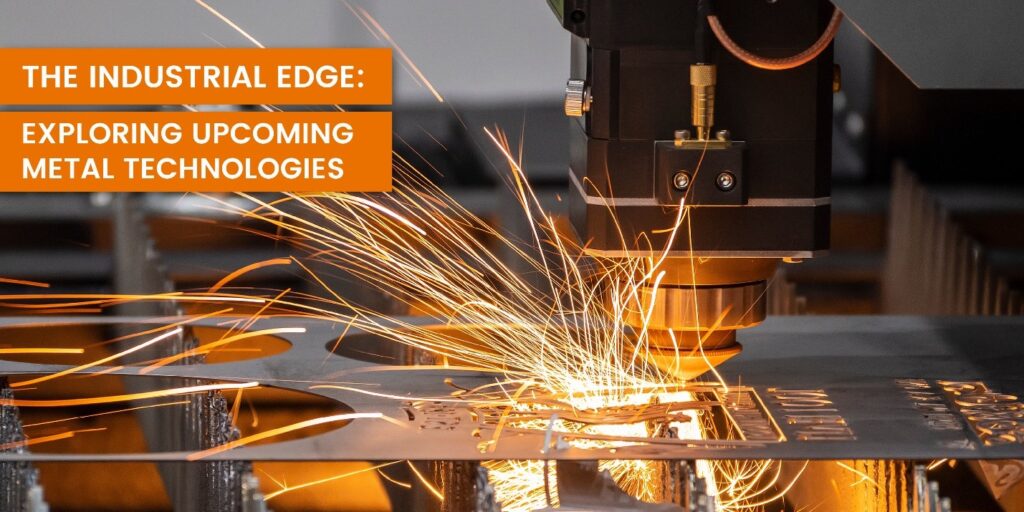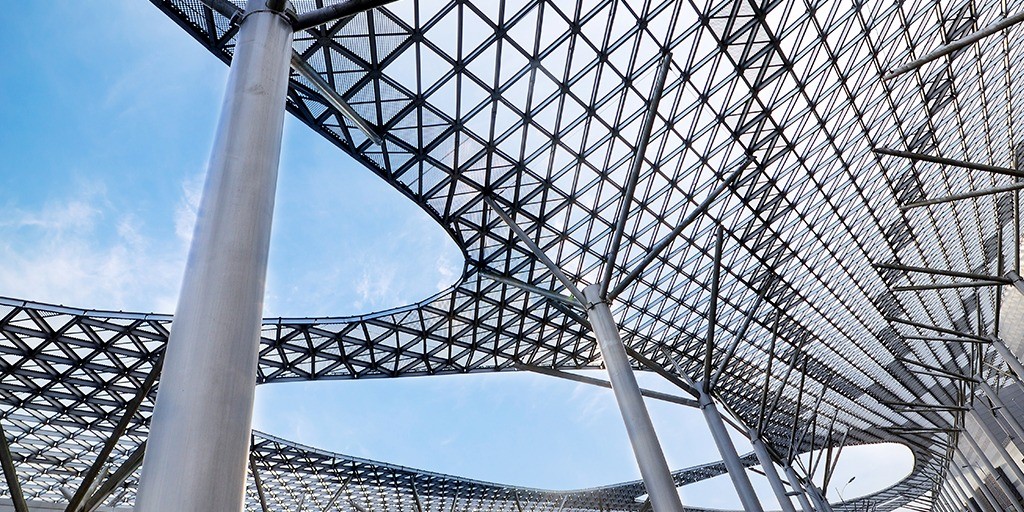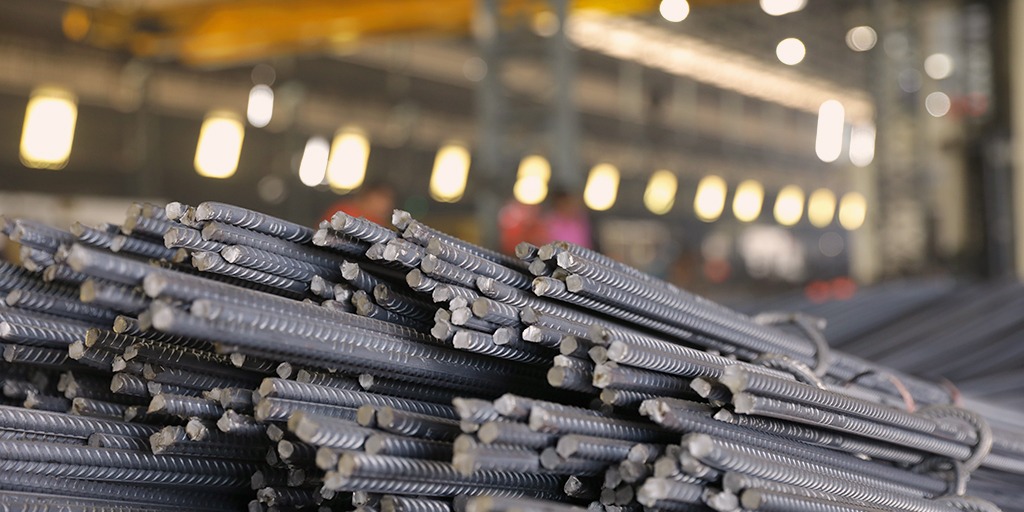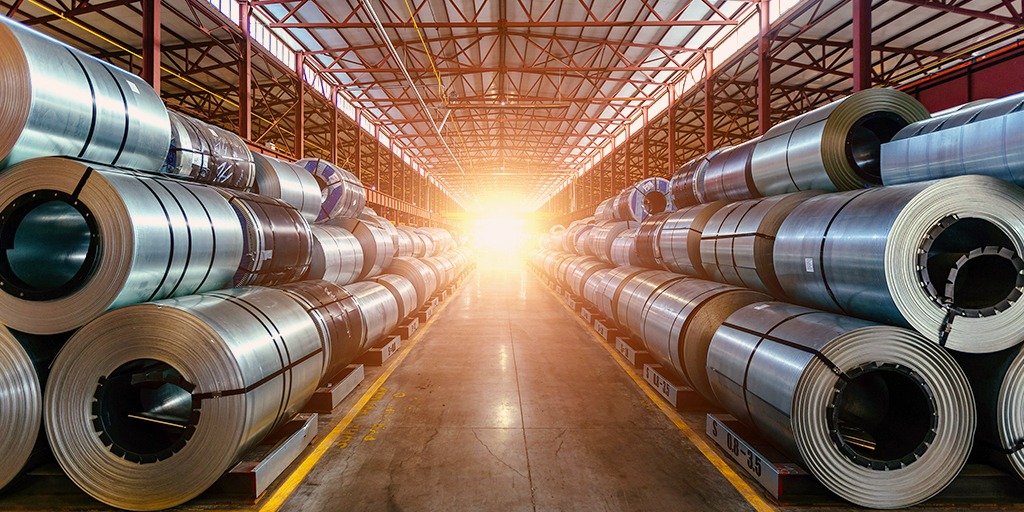
The Industrial Edge:
Exploring Upcoming Metal Technologies
Utilising the earth’s resources to fuel economic development, human civilisation has made remarkable progress in a relatively brief time. While this has resulted in some alarming rates of extraction, there is now a growing awareness of the urgent need for sustainability to ensure a bright future for our planet.
The metal industry is exploring ways of decarbonisation. Steel, being a critical component for most industries, plays a crucial role in contributing to the Indian economy, accounting for around 2% of the GDP. That being said, individuals and institutions must both be held accountable if sustainability is to be achieved. Governments and industries must work together to ensure that economic development is sustainable and does not harm the planet.
Sustainability is the core principle at Shyam Metalics. We understand the importance of decarbonisation and reducing our carbon footprint. We believe that with technological advancements, we can make substantial headway towards efficient decarbonisation of the steel industry while also promoting sustainable industrialisation.
The emergence of innovative solutions is an important factor in the advancement of green steel manufacturing, which involves lowering carbon emissions and minimising environmental impact. Traditional methods of green steel production, on the other hand, tend to emphasise gradual alterations, whereas transformative innovation policy emphasises the significance of directional decarbonisation pathways.
Greening steel, in other words, necessitates a thorough and systematic strategy that transforms the entire industry toward decarbonisation. This sort of transformation is impossible to accomplish without an overall structure that goes beyond subtle alterations. Public policies can be useful tools for facilitating these changes.
According to the recent NITI Aayog report, India is all set to become the global hub for green steel production by 2030, enabling the global adoption of eco-friendly steel. This can be accomplished through the use of modern technologies such as DRI (direct reduced iron) or sponge iron, as well as gas turbine generators, which will replace outdated methods like integrated blast furnaces/basic oxygen furnaces (BF/BOF) or electric arc furnace (EAF) that rely on coal for steel production.
As per the Industry 4.0 revolution, the steel industry is anticipated to integrate cutting-edge technologies such as artificial intelligence (AI), Industrial IoT, Augmented reality (AR/VR), and machine learning into their smart production practices.
Overall, the Indian iron and steel industry has made significant progress in implementing cutting-edge technologies to increase productivity, cut costs, and adhere to environmental regulations. As the industrial landscape continues to grow, so does the demand for steel and metal products, which play a major role in almost all sectors of the Indian economy. The technological advancements, coupled with government policies like the Public Private Partnership (PPP) model and the National Steel Policy, are poised to allow the country to increase its crude steel production capacity from 154 million tonnes per annum (MTPA) to 300 MTPA by 2030, eventually achieving steel production self-sufficiency.






